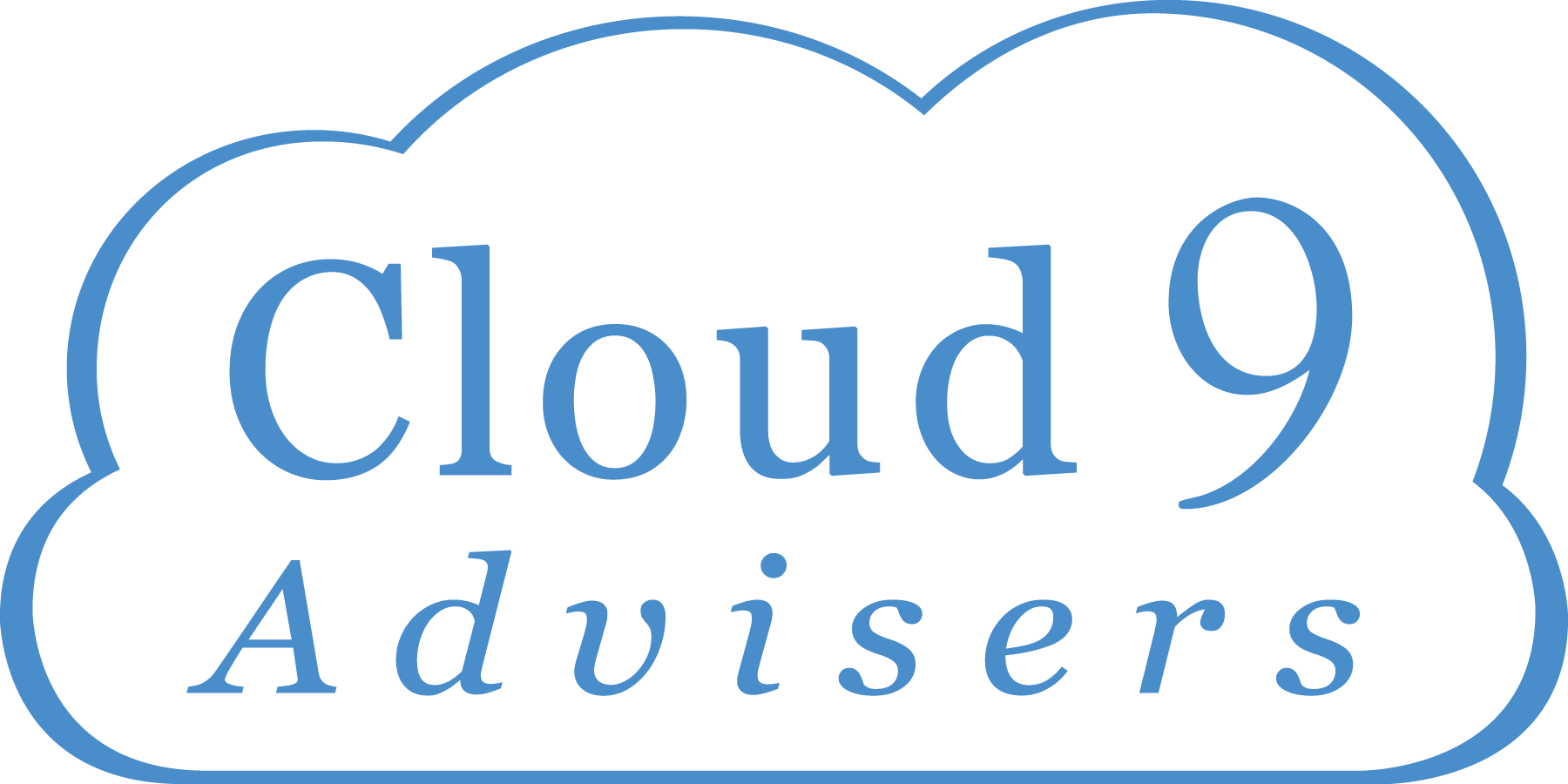Remote Workforce Enablement

Business continuity is important during these weird times. One of those continuity efforts will be to enable work-from-home (WFH) technologies for staff. There are many companies offering tools and solutions with extended free trials and numerous options to allow seamless WHF options. But it is still important to evaluate and make sure you get the right solution, even if only temporary. Many of these companies are already members of our Supplier Portfolio and we've worked with them routinely in less stressful times so we know the ropes and how to avoid the hurdles. We can help you navigate the rough seas ahead.
This will new uncharted territory for many of your staff. Working at home may present challenges they've never considered important wih their environment, family members, and their home network.
Enable your remote workforce the right way.
Educate.
Equip.
Connect.
Communicate.
Work-From-Home declarations from the CDC and other local and federal government agencies may become new temporary law. Not only will it wind up being the new normal, but it might just be the safest way to protect your staff and the vulnerable from illness. Doing it right will be critical to business continuity and the bottom line. So how can your business prepare to transition your workforce into a work-from-home (WFH) team that can continue to perform at a high level?
1. High-Speed Internet at home; Tips & Tricks
The first thing on the list is good high-speed internet at home for each employee. Do a quick survey of all staff for more details...
- Ask about their WiFi. Can they control and prioritize specific devices? Do they have a wired connection in their home office space?
- Ask about smart-home devices (Ring, Nest, etc). These devices tend to eat up bandwidth.
- Ask staff to run a speedtest at home—simply, search on Google, “internet speed test”, then click “run speed test”.
- A good rule-of-thumb is at least 10Mbps/active user, that’s both download and upload speed. Upload speeds become much more important at home when considering business applications, especially voice and video. If your at home talking on your business phone app, that's upload. If your caller says you sound "choppy" it is most likely your upload speed is lacking.
- Keep in mind: the spouse and the kids will be home for a while too. Their spouse may be in the same boat and the kids may also need bandwidth for school. Prioritization and control of the bandwidth will be important.
- Further keep in mind that everyone else in your employee's entire neighborhood is likely doing the same thing; working-from-home. This can be especially challenging for most broadband cable networks, all of which are shared.
- Consider an additional reimbursement so staff can boost their internet speed.
- If necessary, consider adding 4G Mobile hotspots for some employees to take home. They can be added to your corporate wireless carrier account. Satellite and other Wireless ISP solutions are available for remote staff without traditional broadband options at home.
2. Move to a Cloud-based Phone System
You’ll want to migrate to a cloud-based phone system and leverage the benefits of unified communications that will give all users:
- Virtual/online meetings: audio, video, screenshare
- Desktop and/or Mobile app: make/take calls from anywhere as if in the office
- Virtual Faxing
- Business SMS texting
- Collaboration/Team Chat/Messaging: reduce annoying email chains, keep things simpler
- CRM and other important integrations
Another note: If your business isn't ready to move to a cloud phone system, consider a Live-Answer Virtual Receptionist service. Call Cloud 9 to help you find the right one for your business.
3. Move to a Cloud-based Contact Center
Does your business have an in-office call center, contact center, or helpdesk? A cloud contact center solution allows agents to effectively and efficiently work from anywhere. Supervisors have all the same tools (if not more) and complete visibility to help support agents and other staff. Also see all of the benefits of number 2 above. A
4. Migrate to Cloud Workspaces
The right Workspace as a Service (WaaS) solution allows your business to continue and maintain hyper-control over security, access, software, data, file sharing and other IT rules and policies without the need for cumbersome and annoyingly sensitive VPNs.
Move all staff workstations and literally your entire business LAN / WAN to the cloud. An entire business environment can be spun up in days, New users can be spun up in minutes. Staff can access the new “cloud” LAN and their Windows-based cloud workstation from any device, anywhere: PC, Mac, Chromebook, even a tablet or smartphone.
- Windows 10 Pro included
- Full Active Directory integration
- Workstation-level helpdesk included
- Drag-and-drop, “App-Store” style admin portal
- All s/w applications preloaded/provisioned; end-user workstation ready for use in minutes
- Multi-Factor Authentication available
- Shared Storage/File sharing, up to 10TB
- High-compute / high-GPU workstations available
5. Remote File Sharing
When working from home, staff must be able to access, share, store, and collaborate on important files.
Popular solutions include:
- Microsoft Office365: OneDrive, SharePoint
- Google G Suite: Google Drive
- Box.com, Dropbox.com
- Team Chat/Messaging apps, found with many top cloud communications solutions, also have simple and easy to use file-sharing capabilities.
6. Identify & Provide Necessary Equipment
Make sure your employees have the tools, devices, and equipment they need to perform at their best.
- Mobile phone, mobile app, or softphone
- Desktop or laptop PC
- Chromebook (in cases of WaaS/DaaS solution above)
- USB or Bluetooth headset
- Simple/easy USB speakerphone
- And, never underestimate the power of a white-noise machine.
Especially for all the work-from-home parents!

- We don’t sell anything
- We don’t charge clients
- And, we never get paid by vendors, directly
- The distributors pay our fees
How fast can you transition?
- We don’t sell anything
- We don’t charge clients
- And, we never get paid by vendors, directly
- The distributors pay our fees

